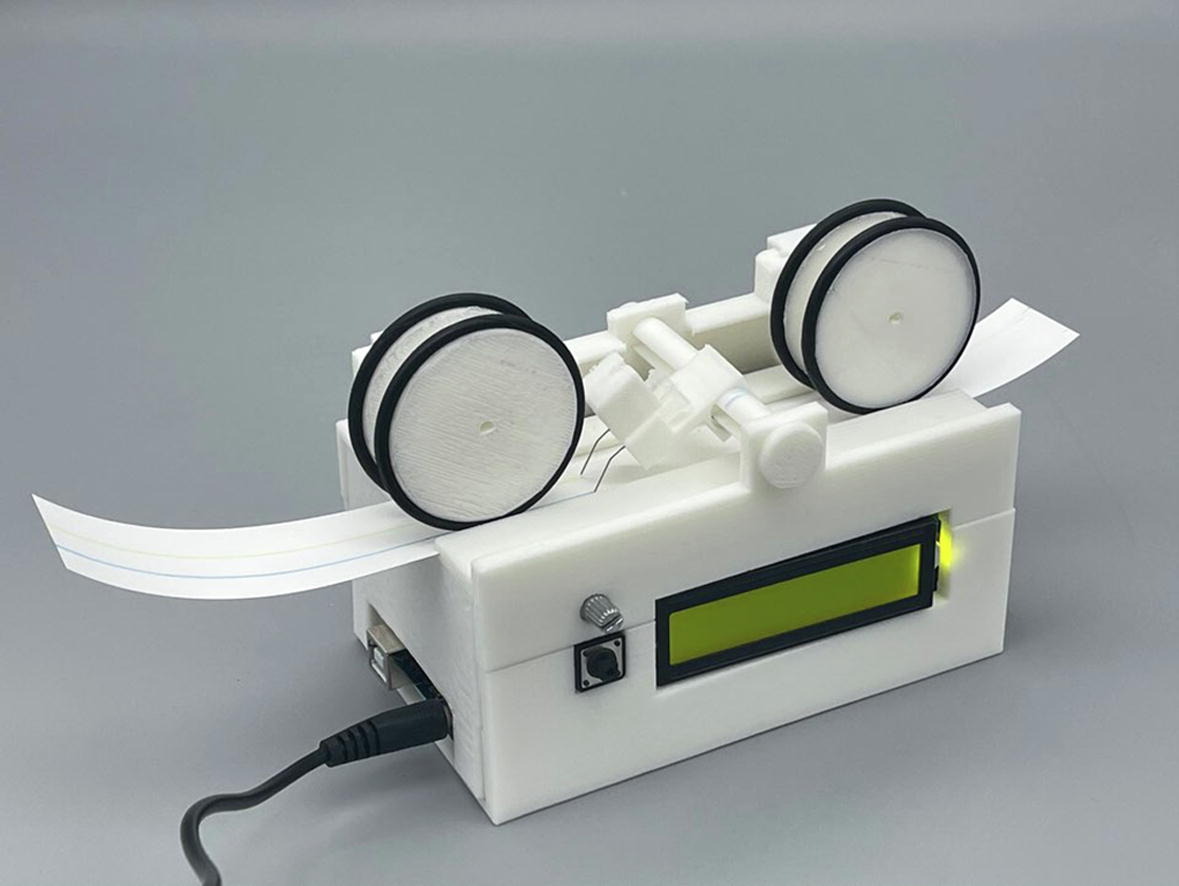ThThis paper describes a low-cost, open-source 3D printed antibody dispenser designed for the development and small-scale production of lateral flow assay (LFA) strips. Traditional dispensers are expensive, costing thousands of dollars, whereas this device can be constructed for approximately $30. The dispenser simplifies the process of dispensing antibodies and antigens onto membranes, which is essential for creating LFAs used in various applications, including disease detection and diagnostics.
Key Features
- Cost-Effective: The total cost of the device is around $29.63, making it highly accessible for research labs.
- 3D Printed Design: The dispenser is made primarily from 3D printed parts, which can be easily produced in a lab setting.
- Adjustable Dispensing Width: By using different syringe needle gauges, it can dispense antibody lines with widths ranging from 0.23 mm to 1.8 mm.
- Speed Control: The dispensing speed can be adjusted between 2.8 cm/s and 3.8 cm/s for optimal performance.
- Open Source: The design files and instructions are freely available, promoting customization and improvement by the user community.
Specifications
| Specification | Details |
|---|---|
| Device Name | Antibody Dispenser |
| Cost | $29.63 |
| Dispensing Range | Line widths from 0.23 mm to 1.8 mm |
| Speed Control Range | 2.8 cm/s to 3.8 cm/s |
| Power Supply | Standard electronics (Arduino-based) |
| Open Source License | GNU General Public License (GPL) v3.0 |
| Source File Repository | Design Files |
Build Instructions
- 3D Print Parts: Print the necessary components using the provided STL files.
- Assemble Electronics: Use an Arduino board to control the dispenser, connecting motors and a speed controller.
- Connect Needle Holder: Attach syringe needles of various gauges for dispensing antibodies.
- Calibrate System: Adjust the setup to achieve desired line widths and dispensing speeds.
Operation Instructions
- Prepare Reagents: Fill the syringe with the antibody or antigen to be dispensed.
- Set Parameters: Input desired dispensing speed and line width using the control interface.
- Start Dispensing: Begin the dispensing process, ensuring even application across the membrane.
Validation
The dispenser has been successfully used to apply antibodies for LFA strips that detect human C-reactive protein (CRP), demonstrating its effectiveness in producing reliable results.
This 3D printed antibody dispenser represents a significant advancement for researchers in the field of diagnostics, providing an economical and efficient solution for producing lateral flow assay strips. Its open-source nature encourages collaboration and innovation in assay development.

